EXHIBITIONS
Pavla Dundálková / Blurring / 08/02/23–10/04/23 / >>
Argišt Alaverdyan, Jozef Mrva / Spambot Fiction / 25/01/23–15/03/23 / >>
Pavla Dundálková / Hamadryada / 28/09/21–21/11/21 / >>
Model Line / David Vojtuš / 27/05/21–11/07/21 / >>
Přemysl Procházka / Transport / 07/10/20–09/12/20 / >>
Line of Best Fit / 14/07/20–26/08/20 / >>
Argišt Alaverdyan / Role-playing 2 / 06/06/20–07/07/20 / >>
Rock, Paper, Scissors / Jiří Kovanda, Robin Seidl, Ivana Zochová / 06/02/20–18/03/20 / >>
